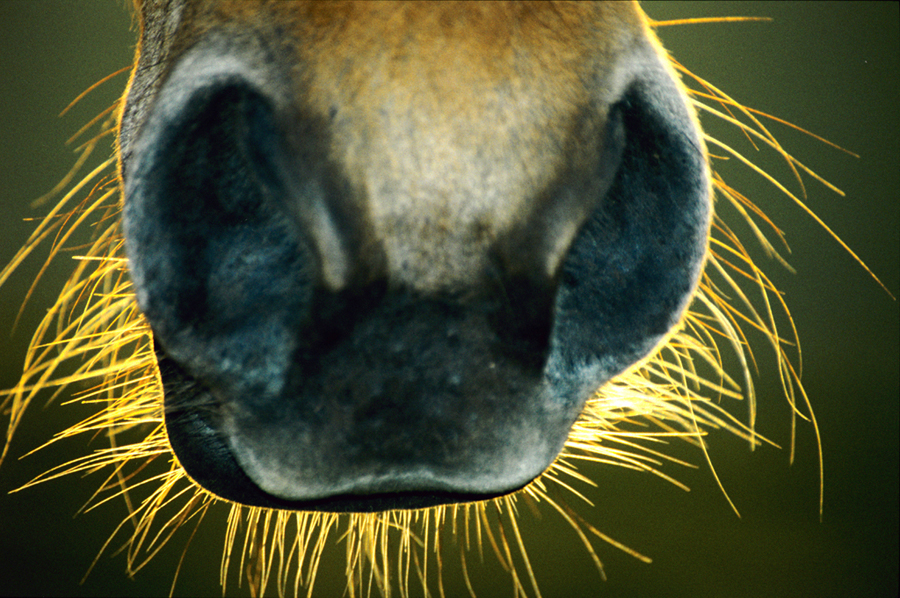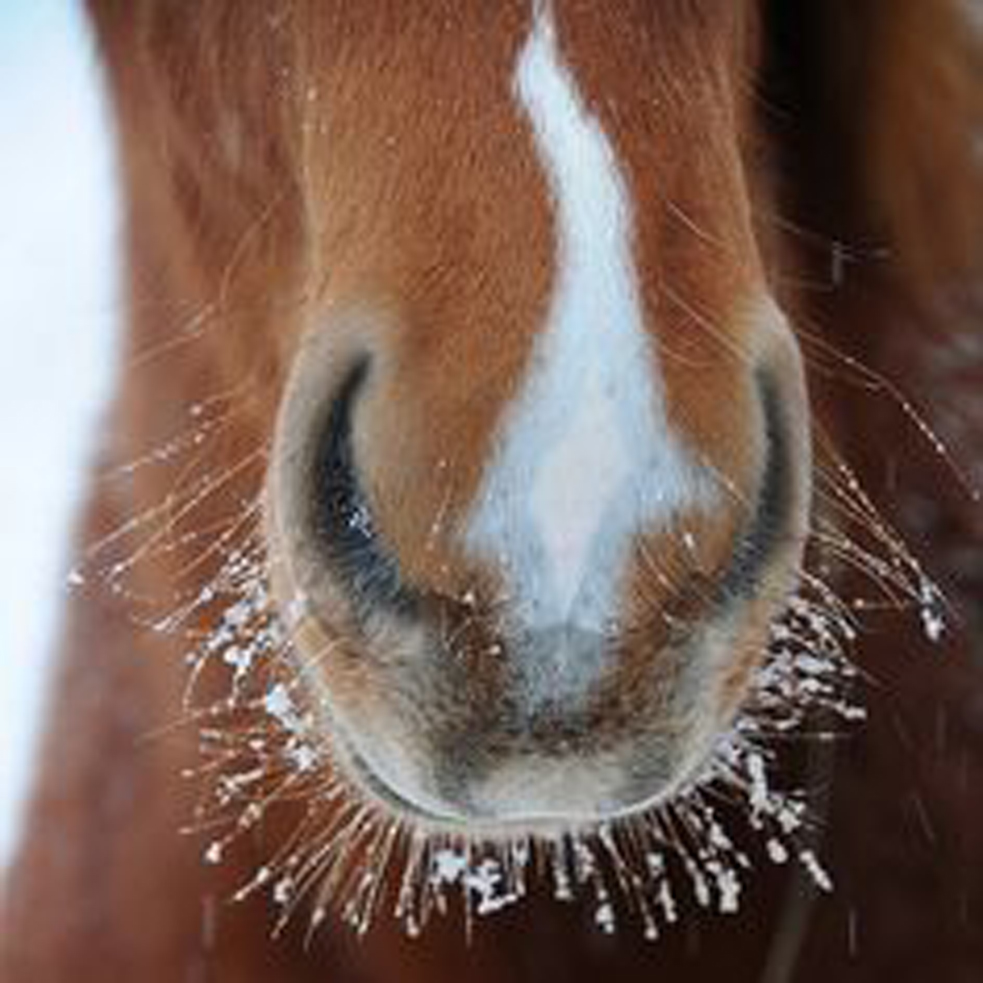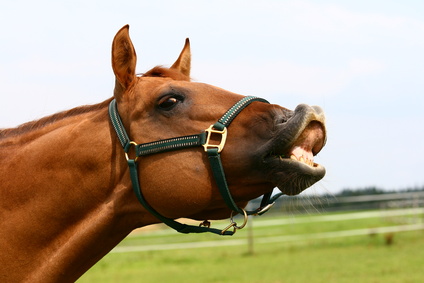The Sense of Touch
I recently returned from a very successful teaching clinic in Germany for Saddlefit 4 Life® and had the opportunity to once again work with some excellent equine ergonomists and some stunning horses. What I found really interesting is the amount of animal welfare concerns that have become the basis for some mainstream changes in law for various governing bodies. Beginning with the equivalent of the Kennel Club, where it is against the law to dock any breed’s tails or clip their ears. Mind you – it is strange seeing a Rottweiler with a long tail or a Doberman with floppy ears and a long tail – but without a doubt it is a much more humane practice. I think these restrictions are slowly gaining favour in North America as well. So how does this relate to horses?


Well, for one thing, it is against the laws of the FN to clip horse whiskers (any facial hair for that matter). It is sometimes really noticeable how hairy the horses are, but even more so in contrast to what we generally see at North American competitions. (Somewhat off on a tangent; it is also more prevalent in North America to generally be against ‘hairiness’ in general – women in particular need to ensure that their armpits, their legs, etc. are smooth and hairless; even men now get waxed as the younger generation is even more against being hairy. In Europe there are still women who don’t shave – anywhere!)
And then I had my staff start doing some homework by checking out conversations around horse grooming on various equine chat rooms. It seems that the majority consensus seems to be that it’s okay to cut/shave the whiskers, the ear hair, and sometimes even the eyelashes on horses when getting ready to show! There have been articles on ‘how to get your horse ready for shows’ that are full of tips of how to get the closest shave in all these areas, which truly made me angry.
So – it really isn’t okay at all. For the following reasons, with thanks to Wikipedia and Paul McGreavy as references. Here’s what I found out:
Whiskers or vibrissae are actually a type of mammalian hair that are typically larger in size than normal hairs, have a large and well-innervated hair follicle, and have an identifiable representation in the somatosensory cortex of the brain.
They are specialized especially for tactile sensing (while any type of hair has more crude tactile sensors. Think about your reaction when someone even just rubs the surface of your arm hair. Vibrissae grow in various places on most mammals, including all primates except humans, where the thick hairs found inside our nostrils are referred to as vibrissae. We even still have the vestiges of the muscles associated with vibrissae in our upper lips.
Rats and mice are considered to be “whisker specialists”, but other mammals may make even greater investment in their vibrissal sensory system. Whiskers are much more widespread and important – in both functional and evolutionary terms – than you might imagine.
Whiskers typically grow around the nostrils and above the lips and eyes, but also on the forelegs and feet of some mammals. Manatees have them all over the head and body, but in most mammals they form an ordered pattern.
Horses use their lips and whiskers to explore and identify things. A horse’s brain contains cells that receive information from these whiskers. Each time the horses’ whiskers touch something, the nerves fire off an electrical impulse to the brain to help determine what it is that is being touched. Horses breathe through their noses. When a horse curls its top lip up to help in smelling something, it’s known as “Flehmen”. This happens when the nose traps pheromonal scents in the vomeronasal organs so they can be analysed more closely. Horse’s upper lips are prehensile – which means they can be used for grasping, touching or feeling something. Horses cannot see right below their noses because of the position of their eyes, which means that they use their whiskers to help them determine edible objects and stay away from hazardous ones.


If you remove these sensory organs, it is almost as though you were cutting off your fingertips. You would lose all sense of touch. I am hoping that ‘now that you know’, people will reconsider their personal vanities and do what’s right for the horse.
©Saddlefit 4 Life®2015. All Rights Reserved
